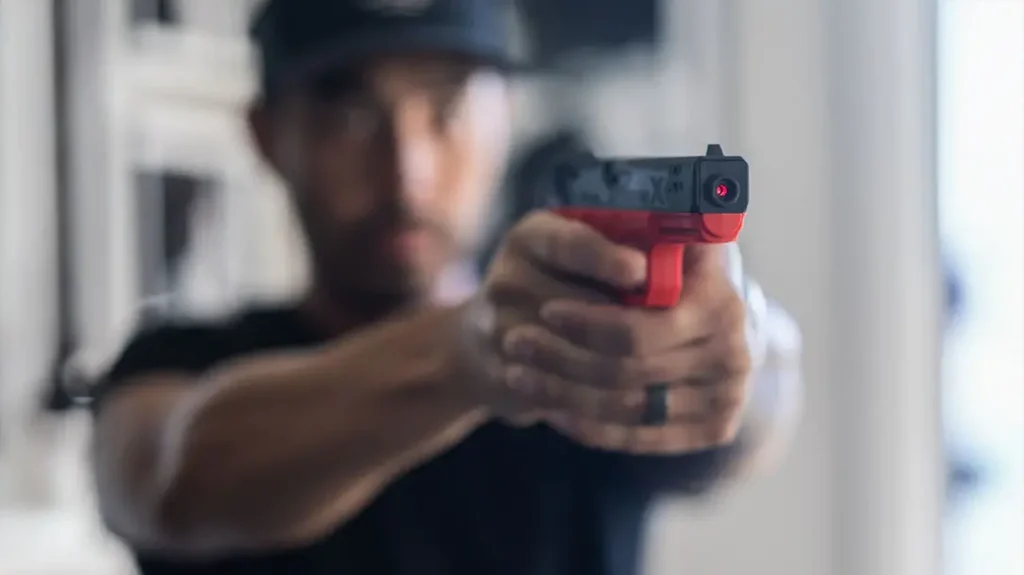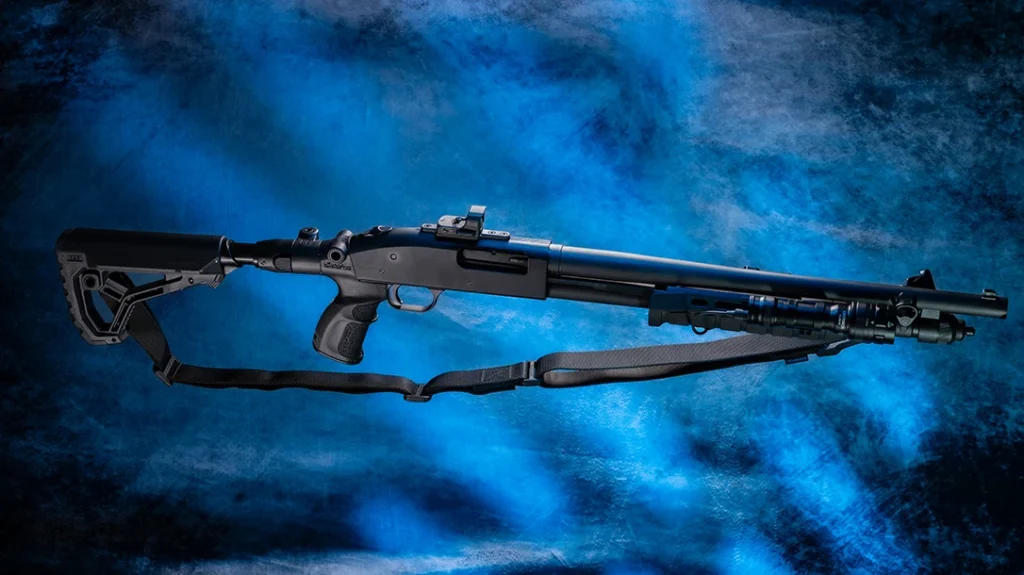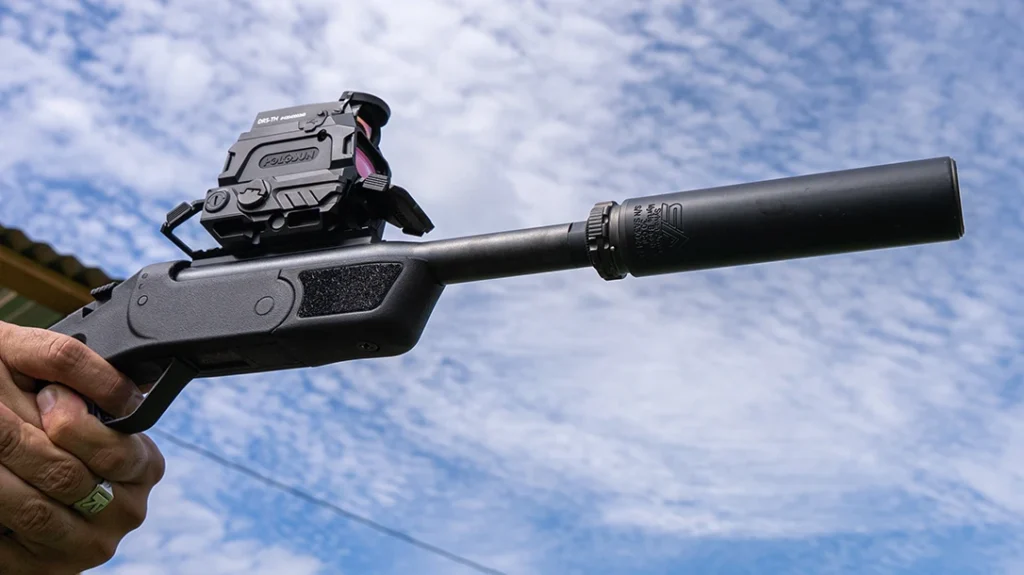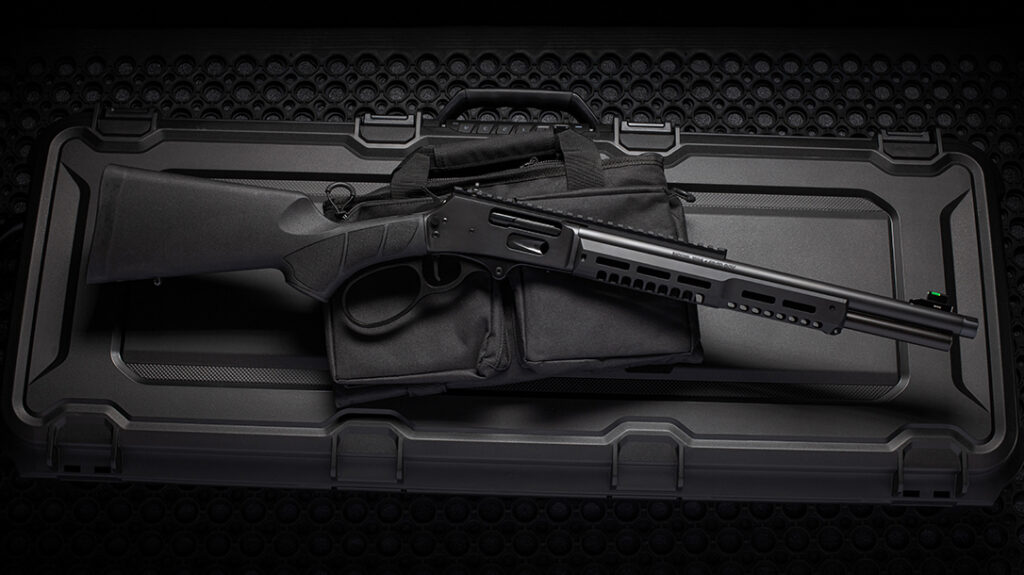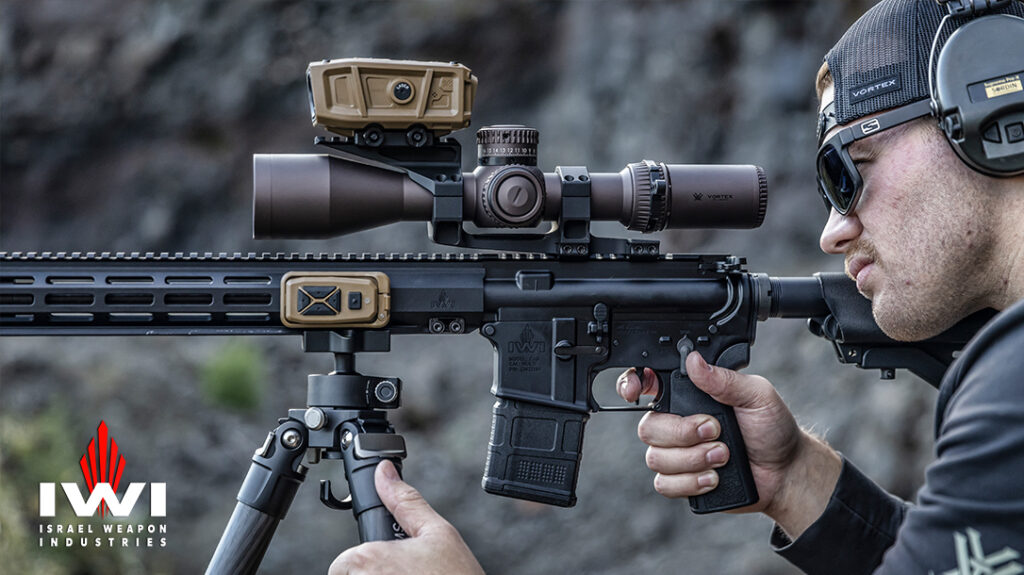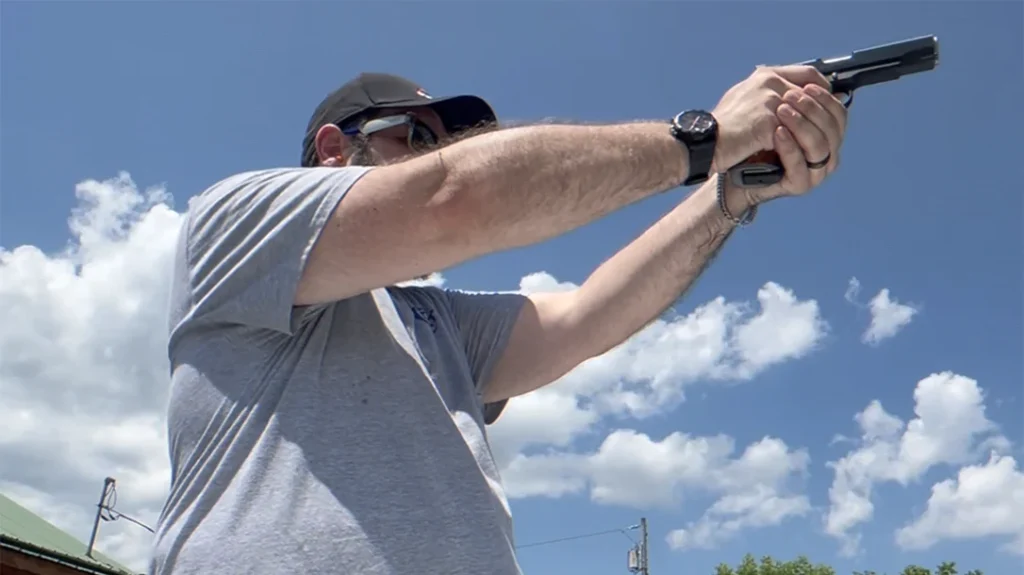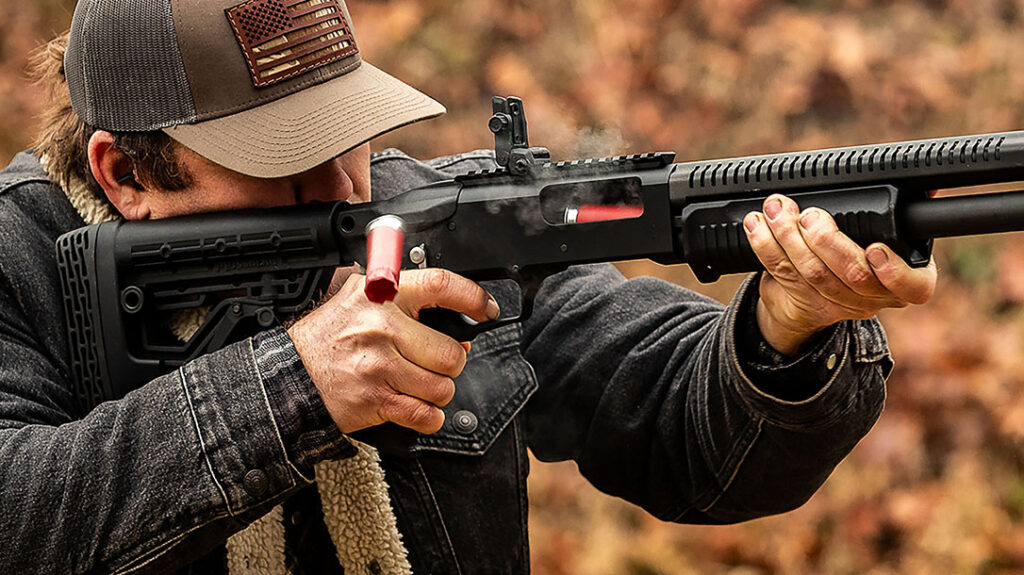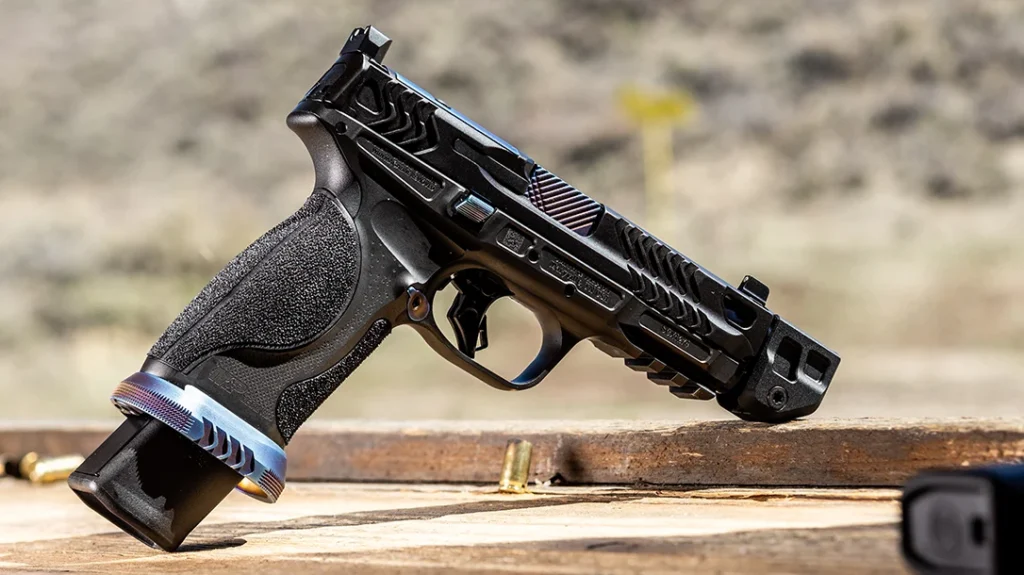Dry-fire training is one of the best ways to improve your shooting skills. It’s cost-effective, accessible, and allows you to build muscle memory without the expense of live ammunition. Laser dry-fire systems, like Mantis X, Laser Academy, and the SIRT pistol, have made this type of training more interactive and engaging. However, as helpful as these tools are, they have limitations.
Why Laser Dry-Fire Systems Are Popular (and Why They Fall Short)
Simply buying a laser system doesn’t guarantee improvement—you still need discipline, proper technique, and consistent practice. Let’s explore what laser systems can’t teach you and how to make the most of your dry-fire sessions.
Laser systems are popular because they provide instant feedback. When you press the trigger, a laser dot appears on the target, letting you see where your shot would have hit. Some systems track accuracy, speed, and shot placement, helping shooters monitor their progress over time.
Advertisement — Continue Reading Below
However, laser feedback can create bad habits if not used correctly. For example, focusing too much on where the laser hits can lead to anticipating the “shot” or jerking the trigger to achieve faster results.
Additionally, laser systems can’t fully replicate the recoil, noise, and stress of live-fire situations. This lack of realism means that while you can improve certain aspects of your shooting, you might not be fully prepared for real-world scenarios.

Advertisement — Continue Reading Below
Discipline and Accountability
One of the biggest drawbacks of laser dry-fire systems is that they can’t teach discipline or hold you accountable. It’s easy to fall into the trap of practicing without clear goals or standards. This is where self-accountability comes in. You need to train until you can’t get it wrong, not just until you get it right.
When dry-firing, it’s essential to break down each step of your draw, aim, and trigger press. Focus on proper grip, stance, and trigger control rather than just hitting the target.
Laser systems can show you where your shot landed, but they won’t tell you if your draw was sloppy, your finger entered the trigger guard too soon, or your head dropped to meet the sights. These are mistakes only you can identify—and correct—through disciplined practice.
Advertisement — Continue Reading Below
Recording Your Dry-Fire Training Is Essential
Recording your dry-fire sessions is one of the most effective ways to improve. Unlike laser systems, video footage allows you to see every detail of your technique, from how you clear your garment to how you press the trigger.
By watching the footage, you can identify and correct common mistakes, such as:
- Trigger Finger Placement: Your finger should only enter the trigger guard when the muzzle is pointed at the target. Many shooters place their finger too early, creating a dangerous habit that could lead to an accidental discharge. Watching your footage helps you ensure your trigger discipline is flawless.
- Reholstering Too Quickly: Speed is important, but rushing to reholster can be dangerous. A piece of clothing can get caught in the trigger guard, causing an unintended discharge. Video feedback helps you slow down and reholster safely, building a habit that will keep you safe in both practice and real-life situations.
- Head Position and Sighting: Many shooters drop their head to meet the sights instead of bringing the gun up to eye level. This can lead to poor accuracy and slow follow-up shots. Reviewing your recordings allows you to maintain proper head and body positioning, improving both accuracy and consistency.

Advertisement — Continue Reading Below
A Structured Dry-Fire Routine That Works
To get the most out of your dry-fire training, use a structured routine that focuses on building solid habits.
Here’s an effective three-step process:
- Clear the Garment Obstruction: Set up your camera so that you’re fully visible, then practice clearing your garment and accessing your firearm. Perform this motion four times perfectly. If you make a mistake, start over from the beginning.
- Draw to Low Ready: Once you’ve mastered clearing your garment, practice drawing your firearm and bringing it to a low-ready position. Complete this action four times flawlessly, resetting if you make any errors.
- Press Out and Simulate Shooting: Finally, draw to low ready, press out on target, and simulate firing a shot. Repeat this sequence four times without any mistakes.
After completing your repetitions, review the footage and identify any areas for improvement. Focus on your grip, stance, draw, trigger control, and reholstering technique. Make adjustments as needed and repeat the process until each movement is smooth and consistent.
Advertisement — Continue Reading Below
Note: Training isn’t only for the warm months. Grab your coat and gloves, and head outside where it’s cold to dry-fire.

What Laser Systems Can’t Replicate
Laser systems are valuable tools but can’t replicate the full experience of shooting live ammunition.
Advertisement — Continue Reading Below
Here are a few key elements they miss:
- Recoil Management: Without the physical recoil of live fire, it’s easy to develop bad habits like anticipating the shot or failing to maintain proper grip pressure.
- Auditory Cues: The sound of a gunshot can affect your focus and composure, especially in high-stress situations. Laser systems can’t prepare you for this sensory input.
- Stress and Adrenaline: Real-life defensive scenarios are stressful. Your heart rate spikes, your hands shake, and your decision-making is put to the test. While laser training can help with mechanics, it won’t prepare you for the adrenaline rush of a life-or-death situation.
Laser System Training: The Right Way
Laser systems can still be valuable if used correctly. Think of them as a supplement to your training, not a replacement for discipline and live-fire practice. Use them to refine your trigger control and accuracy, but make sure you’re also focusing on proper technique and realistic scenarios.
For example, try incorporating movement, drawing from concealment, and engaging multiple targets during your laser training. Set time limits to build speed, but prioritize smooth, consistent movements over rushing. Most importantly, hold yourself accountable by recording your sessions and striving for perfection in every repetition.
Advertisement — Continue Reading Below
Practice Until You Can’t Get It Wrong
Laser dry-fire systems can be powerful training tools. However, they’re only as effective as the discipline and effort you put into using them. Simply buying a system won’t make you a better shooter. You need to commit to consistent, structured practice and hold yourself accountable for every detail of your technique.
Remember, the goal is to practice until you can’t get it wrong. By combining laser training with video feedback, self-discipline, and live-fire practice, you’ll develop the skills and confidence needed to perform when it matters most. Whether you’re training for self-defense, competition, or personal improvement, the key to success is putting in the work—laser system or not.
Shoot safe.

Advertisement — Continue Reading Below



